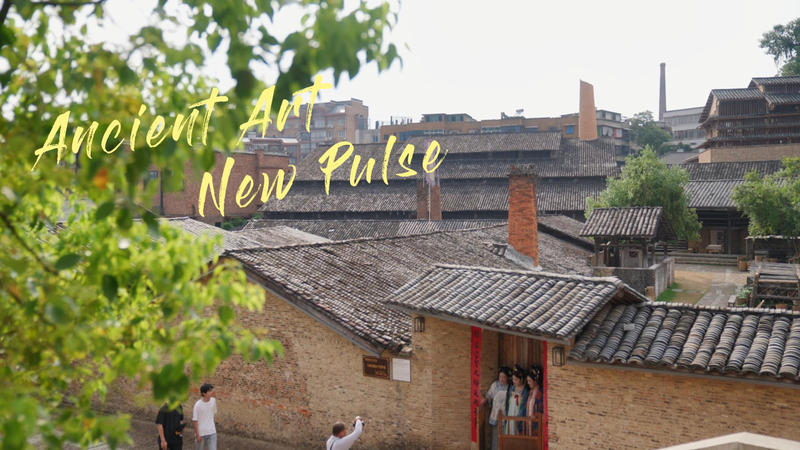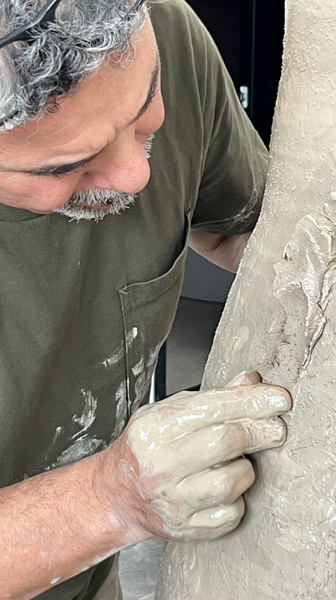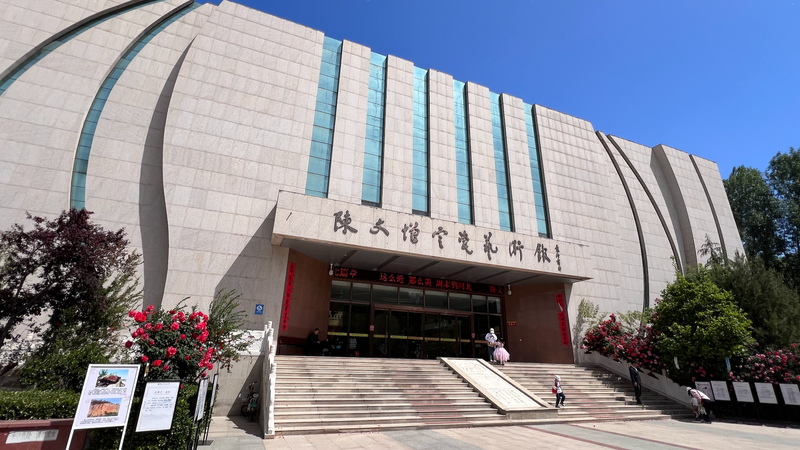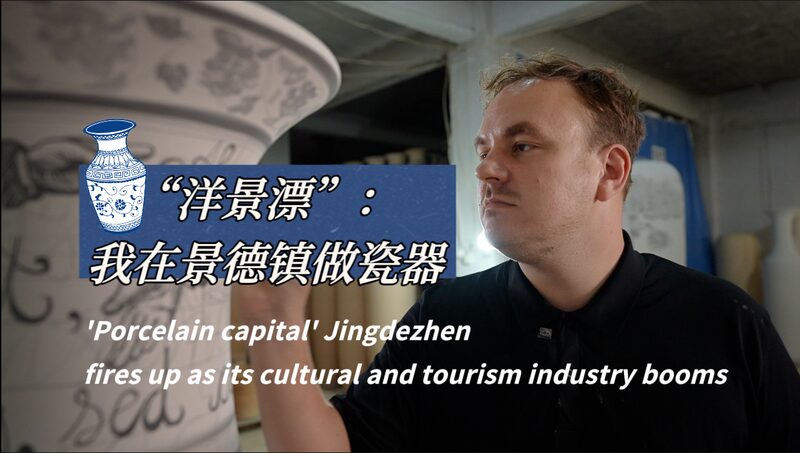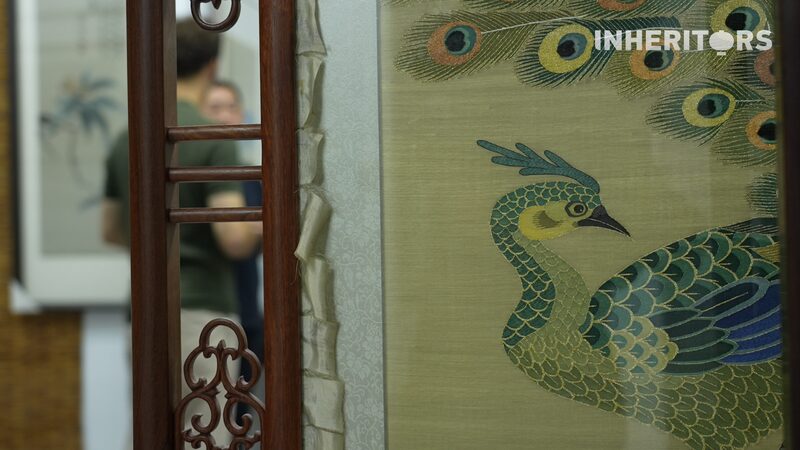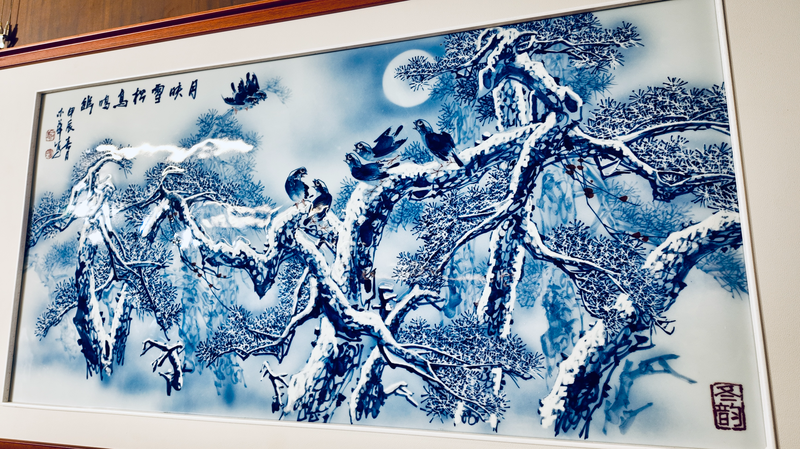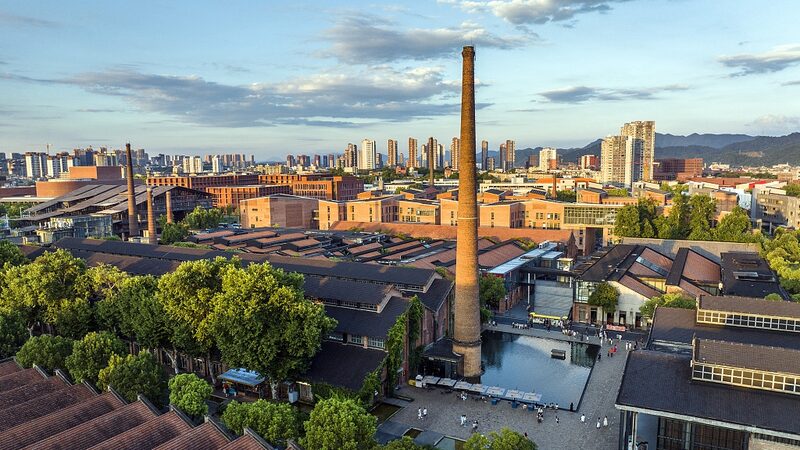Nestled in the heart of the Chinese mainland, Jingdezhen has been shaping global ceramic artistry for over 1,800 years. Once fueling the Maritime Silk Road with its iconic blue-and-white porcelain, this UNESCO-recognized 'City of Crafts and Folk Art' is now reinventing itself as a hub for cross-cultural creativity and sustainable tourism.
From Imperial Kilns to Creative Studios
During the Song Dynasty, Jingdezhen's imperial kilns perfected techniques that defined Chinese aesthetic standards for centuries. Today, over 50,000 artisans preserve these traditions while collaborating with international designers at spaces like the Taoxichuan Creative Park, where 19th-century factories now host avant-garde exhibitions.
Economic Revival Through Cultural Heritage
The city's porcelain industry generates $2.3 billion annually, with cross-border e-commerce platforms enabling direct global sales. Recent infrastructure investments, including a new high-speed rail connection, have increased tourist arrivals by 68% since 2020, creating opportunities in hospitality and cultural tourism.
A New Pilgrimage for Global Creatives
Jingdezhen's International Studio Program attracts 500+ artists annually from 60+ countries and regions. 'The clay here contains history you can feel,' says Malaysian ceramicist Li Wei, who relocated his studio in 2022. The city's monthly pottery markets now feature AI-assisted glaze designs alongside Ming Dynasty reproductions.
Reference(s):
cgtn.com
